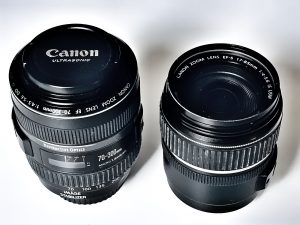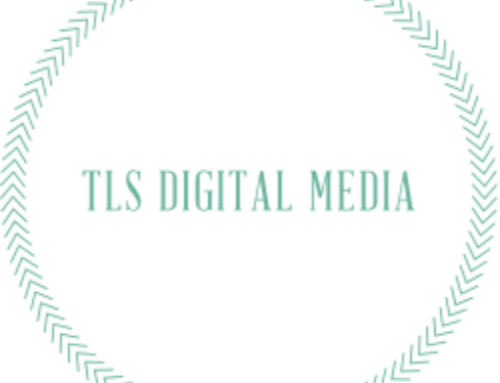Photos & Videos Provide Varied Content
When you start to develop your social media strategy, it’ll be key to examine your planned use of photo and video content.
Visual content creates more engagement than text and builds brand association, but do you know which type of content is best suited to your post?
We’ve laid out some of the top pros and cons for photo and video posts. This should get you started on identifying when to use each one and more importantly, when not to.
Give them a read below!

Pros of Photo Content
There are lots of pros to photo content. The majority of social media platforms have adapted to photos since the rise of Instagram over the last decade. However, the popularity of photo content means diversifying your feed with videos is all the more important.
So when do photos have an advantage over videos or plain text?
- Including photos in your posts has been shown to increase your audience’s retention of the information. Visual aids help them form a connection with what you’re showing them.
- Check out more on this here!
- Photos are much more engaging than text! They bring colour and a new formatting structure to a post, blog, or web page, keeping your audience’s attention for longer
- Photos are more likely to elicit an emotional response from your audience. This can be both a positive and a negative emotional response.
- For example, you can use a photo that elicits a sad response to show how your product will improve a given situation. Then, use a more cheerful “final results” photo to show how your product did help!
- Photos can create an association between your audience and your business.
- If your branding is blue and red, for example, and your photos match this colour scheme, your audience will associate the colour scheme with your business.
- Photo content is quick to create and post. No need to plan out long storylines and edit a long video: with a photo, your results are quick!
- There are also different types of photo content you can make use of.
- For example, selfies of a team day, pictures of your product(s), trending memes, and much more.

Cons of Photo Content
- The main con when it comes to photo content is that it is video content that’s currently reigning supreme
- Video content has been shown to have a better retention rate than photos
- This is largely due to current trends in online behaviours: the video culture, which includes things like TikTok and Reels, is what audiences are engaging with most at the moment
Pros of Video Content
As stated above, video content is currently trending. Everyone, from TikTok influencers to politicians to teachers, is making reels.
Here’s why you should be focusing on videos as well as photos now:
- Video content is the current trend, and it’s always evolving.
- Trends tell you what type of content audiences are consuming the most at that time, so this is definitely something to jump on board with.
- The first step in digital marketing is knowing your audience, after all!
- Videos are great for sharing more information with potential customers in less time.
- What can be said in a 15-second video would take several collated photo posts.
- Handy tip: if you’re using both photo and video content for your digital marketing, use videos for communications such as flash sales, product explanations, or product reviews.
- Videos are a great mechanism to turn blog content into something more engaging.
- Lumen5 is an AI-powered video creation tool which can help with this.
- Trending video challenges are a great way to increase your brand visibility. Participating in certain video-based challenges, such as TikTok challenges, can increase your engagement.
- However, make sure you’re not jumping on a trend too late. This could risk decreasing your visibility if people no longer want to engage with that type of content.
- Video lives are an excellent tool that shouldn’t be underestimated. Facebook and Instagram are two big platforms that offer a “live” option, where you can film yourself or something else in a livestream.
- This can be a great option for events, tours, and experiences. It’s a different type of video content, so will keep your feed varied.
- Lives are also great for increasing direct interactions with your customers. They can ask questions and be answered on the spot, without having to budge from where they are.
Cons of Video Content
When it comes to the downsides of videos, one thing comes to mind…
- Good quality videos take a lot of time to create.
- From the planning, to the filming, editing, and optimising, they are a much more time-consuming type of content than photos or text.
- Also, in order to maximise the available breadth of video content, you might need to get your hands on some more expensive equipment, such as drones and a good phone, if not a professional camera.
Need Some More Help? Get in Touch!
At TLS Digital Media, we’ve got years of experience in social media content creation and digital marketing.
Fill out a contact form on our website and we’ll set up a complimentary 30-minute discovery phone call with you. Once we find out more about your business, we’ll be able to tailor our marketing recommendations to you and start simplifying your working life.
Speak to you soon!













Leave A Comment